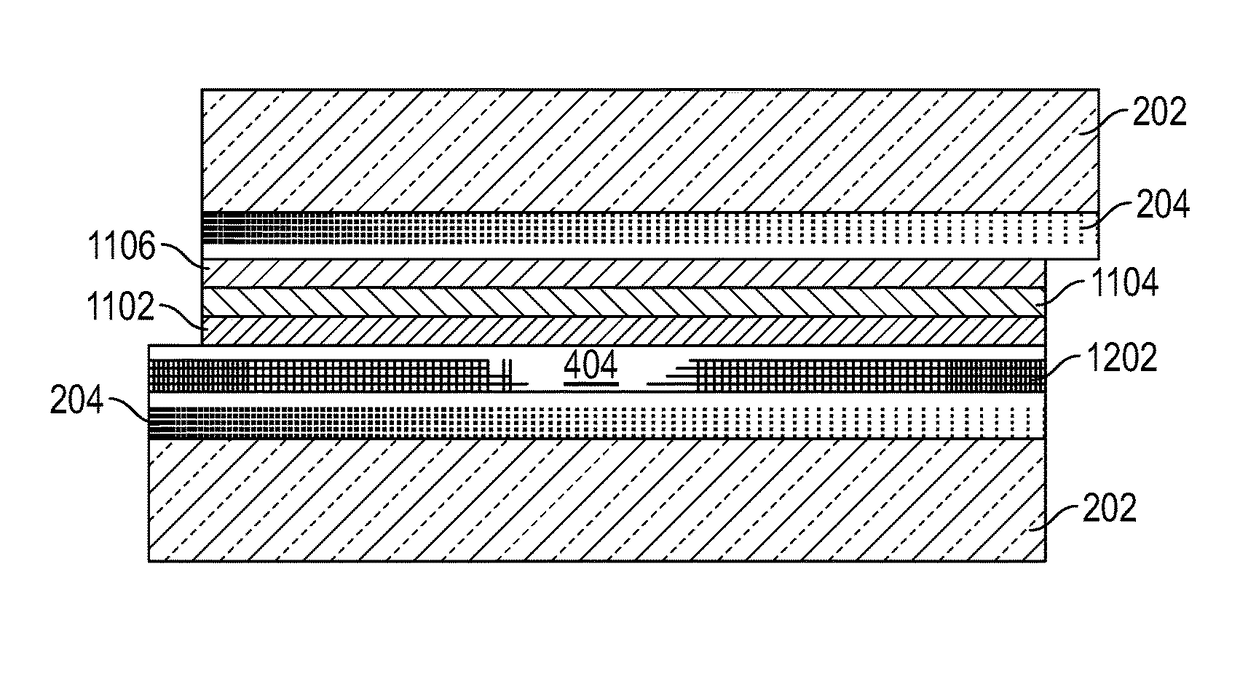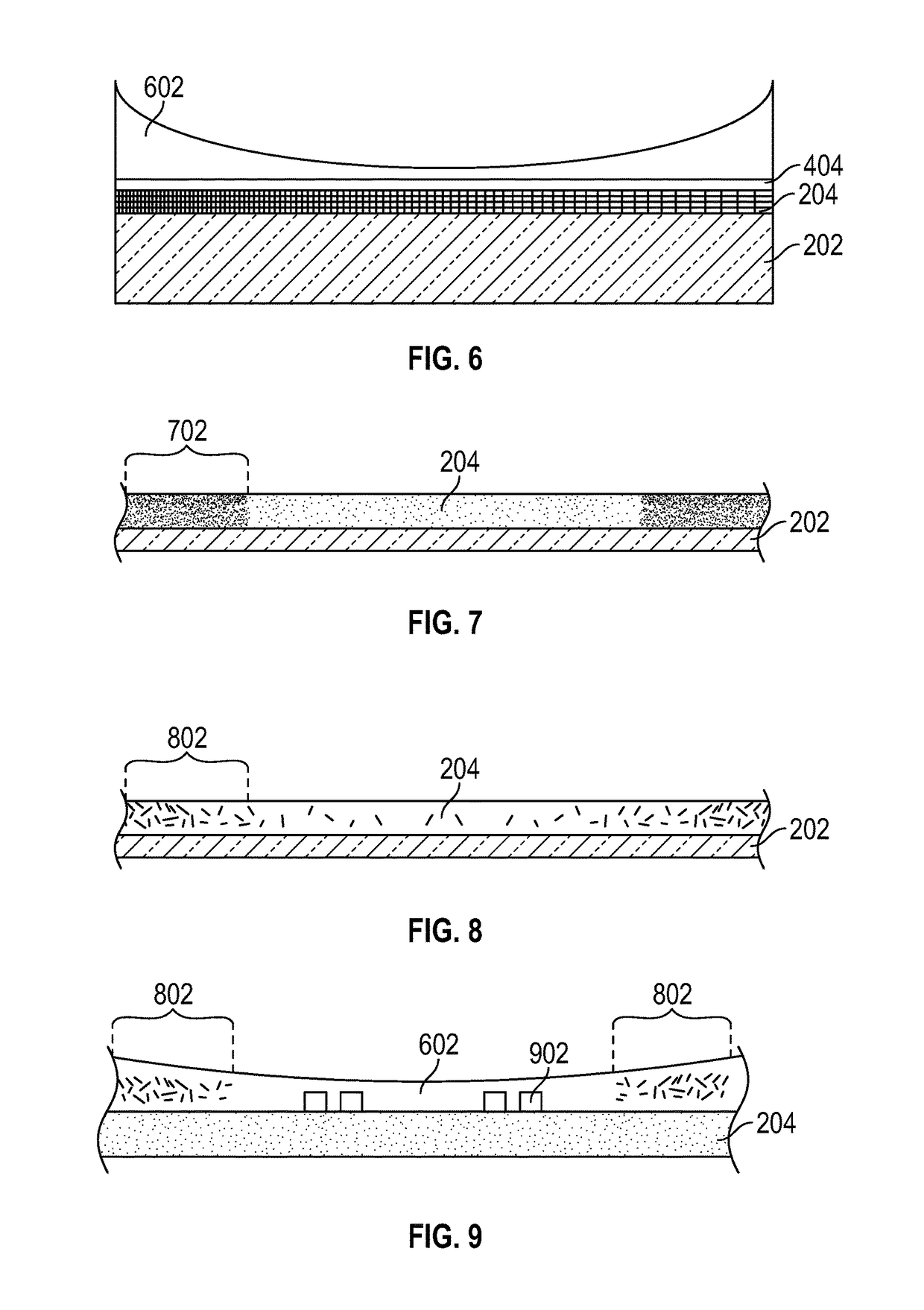Manufacturing methods for a transparent conductive oxide on a flexible substrate
- Summary
- Abstract
- Description
- Claims
- Application Information
AI Technical Summary
Benefits of technology
Problems solved by technology
Method used
Image
Examples
Embodiment Construction
Electrochromic Devices on Flexible Substrates
[0039]A variety of materials and manufacturing techniques are herein disclosed for making electrochromic devices, and particularly transparent conductive oxides and other transparent conductive layers, on various substrates, including flexible substrates. In some cases, these materials and manufacturing techniques are suitable for use on large or small areas of glass as a substrate, and in some cases are suitable for use on large or small areas of flexible substrates. Some examples of flexible substrates are plastic substrates made from materials such as polycarbonates, polyacrylics, polyurethanes, urethane carbonate copolymers, polysulfones, polyimides, polyacrylates, polyethers, polyester, polyethylenes, polyalkenes, polyimides, polysulfides, polyvinylacetates and cellulose-based polymers.
[0040]Transparent conductive layers with uniform horizontal sheet resistance and uniform vertical resistance are known for use in electrochromic devic...
PUM
 Login to View More
Login to View More Abstract
Description
Claims
Application Information
 Login to View More
Login to View More - R&D
- Intellectual Property
- Life Sciences
- Materials
- Tech Scout
- Unparalleled Data Quality
- Higher Quality Content
- 60% Fewer Hallucinations
Browse by: Latest US Patents, China's latest patents, Technical Efficacy Thesaurus, Application Domain, Technology Topic, Popular Technical Reports.
© 2025 PatSnap. All rights reserved.Legal|Privacy policy|Modern Slavery Act Transparency Statement|Sitemap|About US| Contact US: help@patsnap.com



